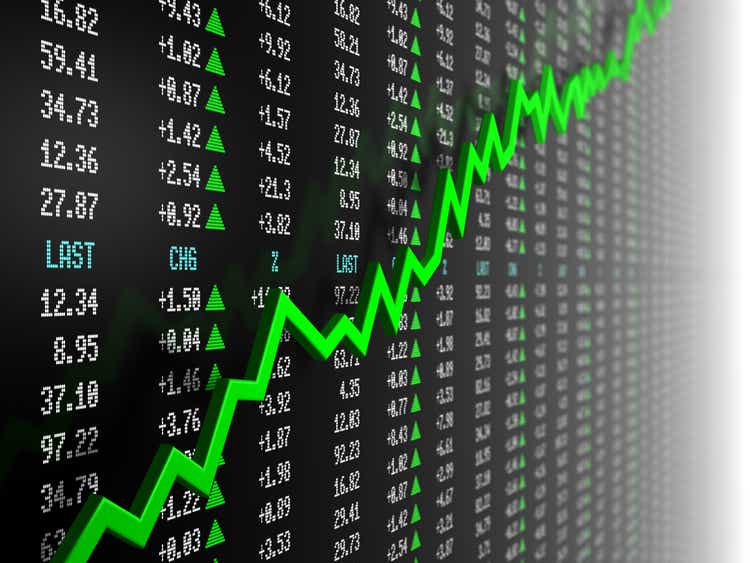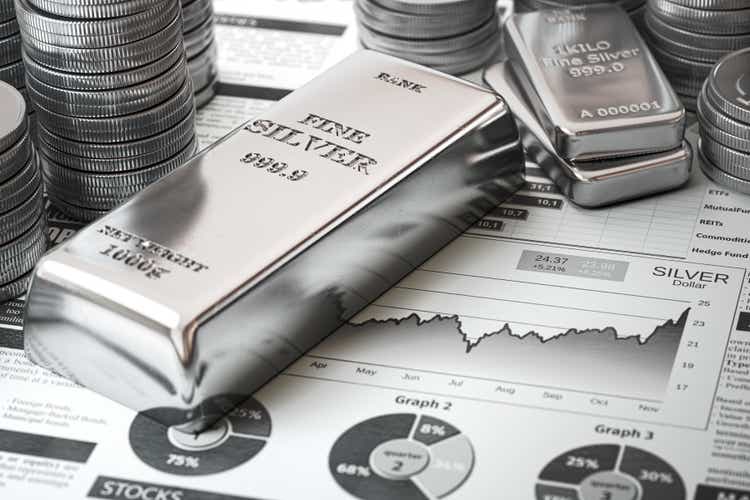Topline
President Donald Trump’s latest tariff rollout is expected to result in higher prices for American consumers, a new Yale University analysis found Wednesday, projecting the president’s tariff policy could cost U.S. households an extra $2,400 this year should new tariffs on copper and on foreign countries’ goods take effect and stay in place.
President Donald Trump displays a signed executive order imposing tariffs on April 2 in Washington, ... More DC.
Getty ImagesKey Facts
Yale’s Budget Lab released an updated analysis projecting the impact of Trump’s tariff policy, which takes into account all tariff announcements through Wednesday, including new tariff rates on countries like Brazil, Japan and South Korea and the planned 50% tariff on copper imports.
The overall combination of Trump’s various tariffs will balance out to an 18% effective tariff rate on U.S. consumers—assuming the announced tariffs take effect and stay in effect—which the analysis notes would be the highest effective tariff rate since 1934.
Trump’s tariffs could cause a 1.8% increase in prices in the short term for American consumers, researchers project, which amounts to the average U.S. household losing $2,400 in 2025 thanks to paying higher prices.
That amount does not take into account any possible actions that the Federal Reserve could take in response to the tariffs that could further impact U.S. households, such as lowering interest rates.
The tariffs could also cause a 0.4% rise in the unemployment rate this year and a 0.7% drop in the U.S. GDP, and keeping the tariffs in place could keep the GDP consistently 0.4% smaller than it would have been otherwise, losing approximately $110 billion per year, researchers found.
While the tariffs are expected to negatively impact sectors like construction and agriculture, the analysis projects they will boost U.S. manufacturing by 2%.
Big Number
$2.2 trillion. That’s how much revenue Trump’s tariffs are expected to generate between 2026 and 2035 if the tariffs that have already been announced stay in effect, the Yale analysis projects. That projection is based on the tariffs raising $2.6 trillion overall, while being offset by $418 billion in negative impacts.
What We Don’t Know: How Trump’s Tariffs Will Change
Trump is still rolling out letters to foreign countries imposing new tariff rates, and has floated imposing more tariffs on specific sectors like pharmaceuticals. The president’s tariff policy has frequently flip-flopped—earning him the nickname “TACO Trump,” standing for “Trump Always Chickens Out”—and it’s hard to predict what it will look like in the coming months. Trump’s latest suite of tariffs are slated to take effect Aug. 1, but even countries that have already received new tariff rates have vowed to keep negotiating with the White House in hopes of lowering the rates. Trump’s letters to foreign countries also say the U.S. could start imposing higher or lower tariff rates based on “our relationship with your Country.”
What Products Will Trump’s Tariffs Impact The Most?
Clothing, textiles and shoes are expected to see the biggest price hikes in response to Trump’s tariffs, Yale’s analysis projects. Prices of apparel and shoes are projected to go up in the short term by 37% and 39%, with price increases ultimately settling to an 18% rise in the long run. The price of metals, leather goods and electrical equipment are also expected to jump by 43%, 39% and 26% in the short term, and the prices of motor vehicles, electronics and rubber and plastic products could rise by between 11% and 18%. Groceries should see smaller price increases—with the prices of vegetables, fruits and nuts seeing the biggest rise at 6%—though experts have separately speculated Trump’s 50% tariffs on Brazilian imports could specifically impact the price of popular products from the country like coffee and orange juice.
Tangent
A separate survey of business owners by KPMG similarly found price increases are likely on the horizon in response to Trump’s tariffs. Among the 300 business leaders and C-Suite executives for major companies that were surveyed, 83% said they expect to raise their prices in the next six months. More than half reported already feeling tighter margins in their business due to tariffs. “The full impact on consumers is likely still to come,” Brian Higgins, Advisory Partner for Industrial Manufacturing at KPMG US, said in a statement Wednesday.
Key Background
Trump has made tariffs the centerpiece of his economic policy, rolling out sweeping tariffs on nearly all countries despite longstanding concerns from economists that they could result in higher prices for U.S. consumers and lead to a potential recession. The president temporarily backed off the worst of his “Liberation Day” tariffs in April after markets plunged in response to the initial rollout, but the president has continued to defend his policy, with the White House pointing to recent inflation data and analyses suggesting the tariffs have so far not caused any major price hikes. The tariffs have once again come into the forefront this week as an initial 90-day pause on the higher “Liberation Day” rates was set to expire on Wednesday, though Trump ended up pushing the deadline back until Aug. 1 while sending out a suite of letters imposing new tariff rates on foreign countries. The letters imposing the new tariff rates came after the Trump administration’s previous plan to negotiate full trade deals with other countries during the 90-day pause largely failed, resulting in only three major deals with the U.K., China and Vietnam.
Further Reading
State of U.S. Tariffs: July 10, 2025 (Yale University Budget Lab)
Trump Extends ‘Liberation Day’ Tariff Delay As He Rolls Out New Rates On 14 Countries (Forbes)
Trump Slaps Brazil With 50% Tariff While Criticizing Prosecution Of Former President (Forbes)
Trump’s Copper Tariff Will Likely Increase Crime. Here’s Why. (Forbes)
.png)










 English (US) ·
English (US) ·